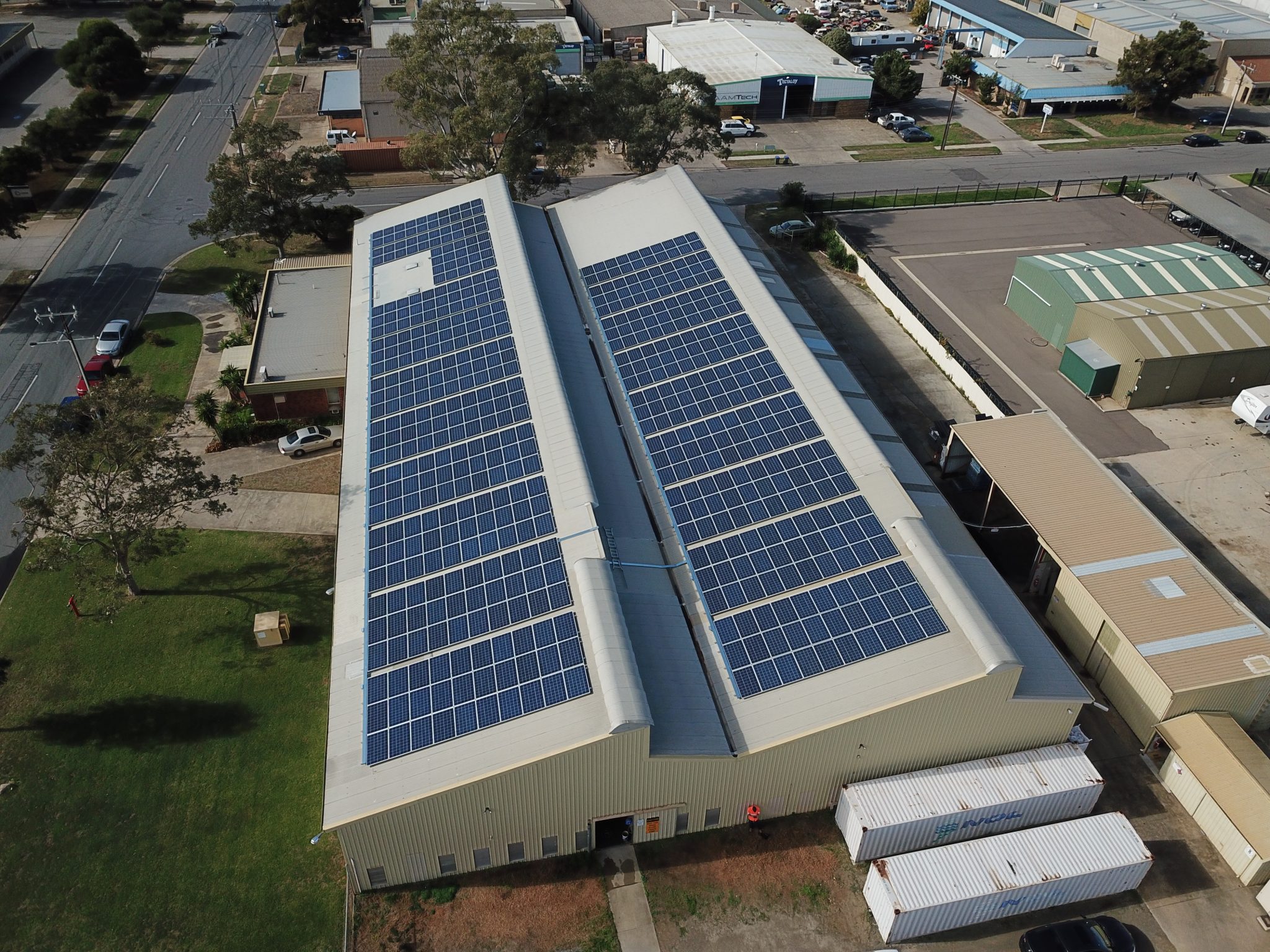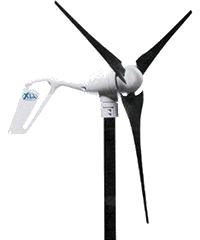
Home > Being Independent > Grid Augmentation for Agribusiness and Commercial Enterprise

Grid augmentation refers to the combination of off-grid systems with the existing power grid infrastructure. Instead of completely disconnecting from the grid, businesses can supplement their energy needs by integrating off-grid solutions alongside grid power.
Here’s how grid augmentation can benefit businesses:
Grid augmentation provides businesses with a reliable and continuous power supply. During periods when renewable energy generation may be insufficient, such as low sunlight conditions, businesses can fall back on the grid as a backup source. This ensures uninterrupted operations.
Grid augmentation allows businesses to scale their energy systems based on their specific needs. They can adjust the capacity of their off-grid systems and supplement it with grid power as required. This flexibility accommodates varying energy demands and allows businesses to adapt to changes in energy requirements over time.
By leveraging both off-grid systems and grid power, businesses can optimize their energy costs. During periods when renewable energy production exceeds demand, excess energy can be fed back into the grid, enabling businesses to earn credits or receive compensation through feed-in tariffs or net metering programs. This helps offset energy costs and can even provide additional revenue streams.
Hybrid systems can contribute to grid stability and support the overall energy infrastructure. By integrating renewable energy sources into the grid, businesses can help reduce strain on the grid during peak demand periods. Additionally, by participating in grid services such as demand response or frequency regulation, businesses can assist in balancing the grid and ensure its stability.
Grid augmentation still enables businesses to reduce their environmental impact by utilizing renewable energy sources for a significant portion of their energy needs. By minimizing reliance on fossil fuels and reducing greenhouse gas emissions, businesses can support the transition to a cleaner energy system.
In some regions, businesses may be required to meet certain renewable energy or sustainability targets set by regulatory authorities. Grid augmentation allows businesses to meet these requirements by incorporating renewable energy sources into their energy mix, while still maintaining access to grid power when needed.
It’s worth noting that the specific benefits and implementation of grid augmentation can vary depending on the location, energy regulations, and available grid infrastructure. Businesses considering grid augmentation should consult with energy experts to determine the most suitable approach for their specific circumstances.






In recent years the financial viability of domestic wind turbines has come into question

Whilst the term virtual power plant (VPP) has been around for a while now, what does it actually mean and how will they play an important part in our future energy systems?

As we get our first taste of winter weather, it’s time to prepare your off-grid power system and be aware of the expected system operation over this period

Each type of storage system has important differences that set them apart from each other, making them ideal for own specific applications.
Electrical Contractor Licenses: VIC REC-31913, TAS 15608294, WA EC15901, SA PGE278927, NSW 279181C
We acknowledge the Traditional Owners of Country throughout Australia and recognise their continuing connection to land, waters and culture. We would like to specifically acknowledge the Kaurna, Wathaurong, Wonnarua, Wiradjuri and Boonwurrung people. We pay our respects to their Elders past, present and emerging.